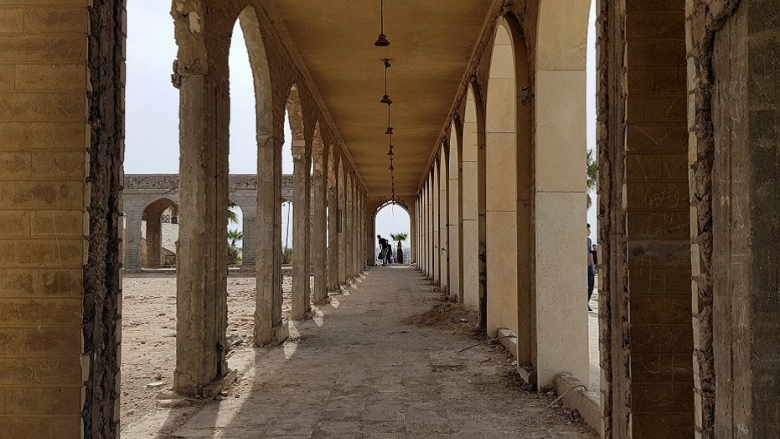"On the one hand. you look around here and you see all this destruction. It is terrible, and it makes you feel awful. On the other hand, if you walk ten minutes away from here, you see the amount of reconstruction taking place, the amount of energy that the Iraqi people and the people of Mosul are showing and it gives me great hope for the future," said Ghanem.
Bringing Mosul back to normal in less than a year after being liberated from Daesh is just one example of how the World Bank is working with the Iraqi government on addressing the country’s tremendous reconstruction and development needs. Through its projects in Mosul and the rest of the liberated areas, the World Bank — working closely with the Iraqi government — managed to quickly mobilize teams and resources.
Through its Iraq Emergency Operation for Development (EODP) project — initially a US$350 million operation approved in 2015, with additional financing of US$400 million approved in late 2017 project — the Bank supported the reconstruction/rehabilitation of the bridges and roads providing 3 million Iraqis with improved mobility, over 2 million improved access to electricity and 1.1 million with improved waste management services. The Bank also helped rehabilitate three of the five main bridges across the Tigris river connecting the city — the Old (First) Al Hadid Bridge, the Fourth Bridge, and Al-Muthana (Second) Bridge — as part of a plan to rehabilitate 14 bridges located in the liberated areas by 2020.
The World Bank’s support to liberated areas is not limited to infrastructure but also to reforming the economic and social fabric in a sustainable, inclusive, and participatory manner. The Bank’s Iraq Social Fund for Development (SFD) project financed with US$300 million, is working to improve the living conditions of over 1.5 million poor households in Iraq by increasing access to basic services and creating employment opportunities. The SFD provides a longer term support to targeted Iraqi and is preceded by the Emergency Social Stabilization and Resilience Project (ESSRP) financed with US$200 million, scheduled to be presented to the World Bank Board on April 5, 2018 to increase livelihood opportunities, access to psychosocial services, and expand the provision of social safety nets.
Lakshmi Shyam-Sunder, who was actually born in Mosul, said, "Visiting Mosul again is one of the most memorable experiences for me both professionally and personally. Seeing what has happened makes me sad, but I also find it immensely fulfilling to see the Bank engaged not only in physical reconstruction but also interventions that enhance social inclusion, which are vital for the survival and prosperity of this country."

